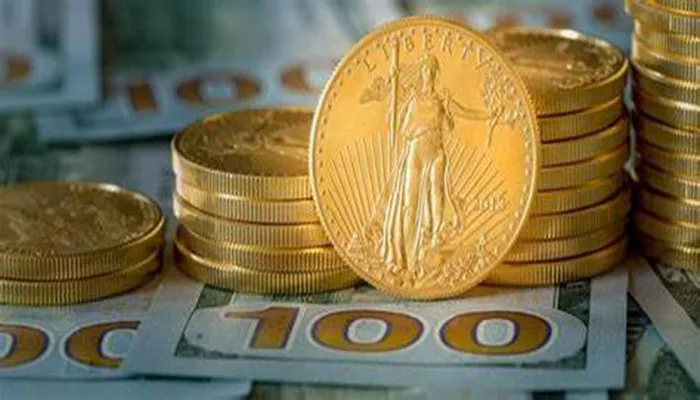Gold prices maintained a bearish tone on Monday, trading just above the critical support level of $3,265-$3,260 during the first half of the European session. Despite mixed signals from the U.S. and China, optimism surrounding the potential easing of trade tensions between the world’s two largest economies has played a pivotal role in reducing demand for gold as a safe-haven asset. Additionally, a decline in China’s gold consumption during the first quarter of 2025 and a modest uptick in the U.S. dollar further contributed to flows away from the precious metal.
While the U.S. dollar has seen some upside, its potential for further gains appears limited due to rising expectations that the Federal Reserve will soon resume its rate-cutting cycle. This could offer some support to gold, which is a non-yielding asset. Meanwhile, U.S. President Donald Trump’s rapidly changing stance on trade negotiations continues to fuel market uncertainty. Furthermore, geopolitical risks related to the ongoing Russia-Ukraine war persist, providing a floor for gold prices and limiting potential downside.
Gold Price Pressured by Easing US-China Trade Tensions and Diminishing Safe-Haven Demand
China’s recent decision to exempt some U.S. imports from its 125% tariffs has contributed to growing optimism for a resolution to the U.S.-China trade conflict. This development, coupled with Trump’s renewed assertion that trade talks with China are ongoing, has sparked hopes for a quick de-escalation of the trade war. However, China has yet to confirm any tariff exemptions and denied that negotiations were taking place. This discrepancy, along with Trump’s shifting announcements, continues to sustain demand for gold as a safe-haven asset, despite some easing of tensions.
The China Gold Association reported on Monday that gold consumption in the country fell by 5.96% year-on-year to 290.492 tonnes in the first quarter of 2025. High gold prices also led to a 26.85% decline in gold jewelry demand, which totaled 134.531 tonnes. However, demand for gold bars and coins surged by 29.81% to 138.018 tonnes during the same period.
The U.S. dollar has held onto gains from last week, but its momentum appears to be stalling. Expectations are growing that the Federal Reserve may resume its rate cuts in June, potentially lowering borrowing costs by one full percentage point in 2025. Despite this, geopolitical risk continues to underpin gold’s price stability.
The protracted Russia-Ukraine conflict remains a key factor, with recent developments further highlighting its global impact. North Korea confirmed it has sent troops to support Russia in the conflict, adding another layer of complexity to the situation. Trump urged Russia on Sunday to cease its attacks on Ukraine, while U.S. Secretary of State Marco Rubio suggested that the U.S. might disengage from peace efforts if no progress is made. These geopolitical tensions contribute to gold’s ongoing appeal as a safe-haven asset.
Key Data Releases This Week Could Provide Impetus for Gold
Investors will be closely watching key U.S. economic data releases this week, including the JOLTS job openings report on Tuesday, U.S. Personal Consumption Expenditures (PCE) on Wednesday, and the non-farm payrolls (NFP) report on Friday. These data points could provide further insight into the Federal Reserve’s policy direction and potentially offer meaningful impetus to gold prices.
Technical Outlook: Bearish Bias Remains, But Support Holds
From a technical perspective, bearish traders are waiting for a sustained break below the $3,265-$3,260 support level to confirm a breakdown. If gold falls below this key level, it could extend its recent corrective decline from the psychological $3,500 mark. The next potential downside targets are the 50% Fibonacci retracement level around $3,225, followed by the $3,200 mark. A decisive break below these levels would suggest that gold has likely topped out in the near term.
On the other hand, if gold manages to recover above the $3,300 level, it may face resistance near the Asian session high around $3,331-$3,332. Any further upward movement could encounter additional selling pressure near the $3,366-$3,368 supply zone. If gold clears this resistance decisively, it may reclaim the $3,400 level, with the potential to push toward $3,425-$3,427. A sustained move above this zone could set the stage for another attempt to break the $3,500 psychological barrier.
Related topics:
- India Surpasses China in Gold Purchases, Buying 51% More in Three Months
- Qilu Bank Enhances Support for Small Businesses with Innovative Financial Tools
- Bitcoin Poised for a Surge Amid Gold’s Delivery Delays, Expert Claims


